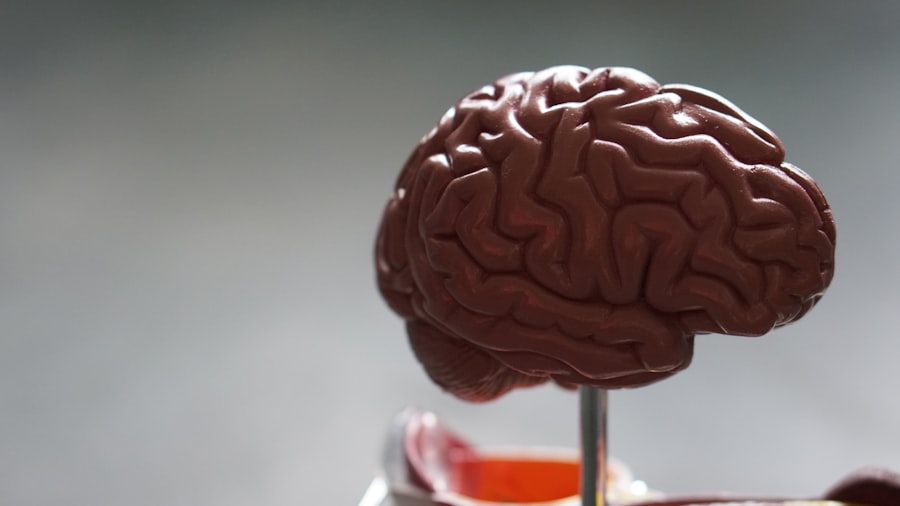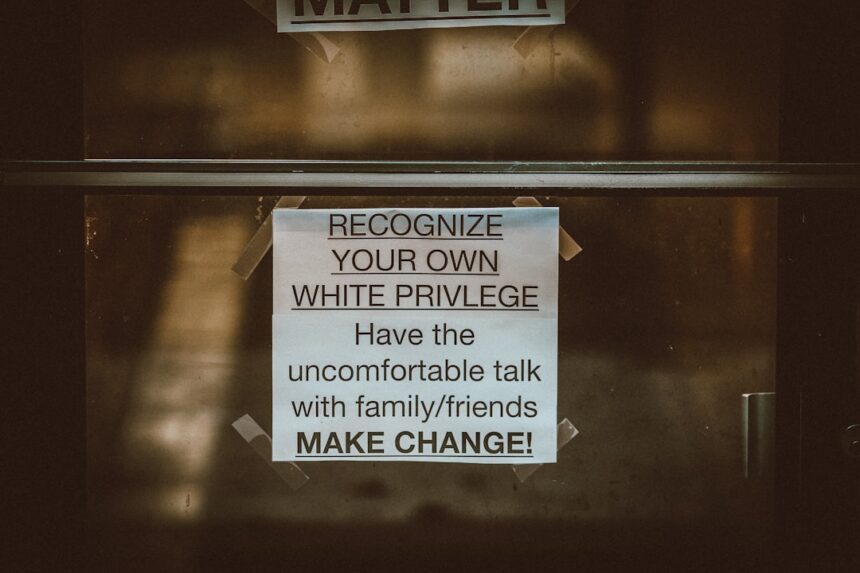Cognitive biases are systematic patterns of deviation from norm or rationality in judgment. They can significantly influence the way you perceive information, make decisions, and interact with the world around you. Understanding these biases is crucial, as they can lead to errors in judgment that affect both personal and professional aspects of your life.
By recognizing the presence of cognitive biases, you can begin to navigate your decision-making processes more effectively, ultimately leading to better outcomes. In a world overflowing with information, your brain often relies on shortcuts to process data quickly. These shortcuts, while efficient, can lead to flawed conclusions and misguided choices.
Cognitive biases are the result of these mental shortcuts, and they can manifest in various ways. By exploring the different types of cognitive biases and their implications, you can gain insight into how they shape your thoughts and actions, allowing you to make more informed decisions.
Key Takeaways
- Cognitive biases are inherent mental shortcuts that can impact decision making.
- Types of cognitive biases include confirmation bias, availability heuristic, overconfidence bias, anchoring bias, framing effect, and sunk cost fallacy.
- Confirmation bias leads individuals to seek out information that confirms their existing beliefs, leading to potentially flawed decision making.
- The availability heuristic causes individuals to rely on readily available information, often leading to skewed decision making.
- Overconfidence bias can lead to individuals overestimating their abilities and making risky decisions.
Types of Cognitive Biases
Cognitive biases come in many forms, each affecting your decision-making process in unique ways. Some of the most common types include confirmation bias, availability heuristic, overconfidence bias, anchoring bias, framing effect, and sunk cost fallacy. Each of these biases can distort your perception of reality and lead to suboptimal choices.
By familiarizing yourself with these biases, you can better understand how they may be influencing your thoughts and behaviors. For instance, confirmation bias leads you to favor information that supports your pre-existing beliefs while disregarding contradictory evidence. This bias can create an echo chamber effect, where you only seek out information that reinforces your views.
On the other hand, the availability heuristic causes you to rely on immediate examples that come to mind when evaluating a situation, often leading to skewed perceptions based on recent experiences rather than a comprehensive analysis. Recognizing these biases is the first step toward mitigating their effects on your decision-making.
Confirmation Bias and its Influence on Decision Making

Confirmation bias is one of the most pervasive cognitive biases that can significantly impact your decision-making process. When you hold a particular belief or opinion, you are likely to seek out information that confirms it while ignoring or dismissing evidence that contradicts it. This selective exposure can lead to a distorted understanding of reality and hinder your ability to make well-rounded decisions.
For example, if you are convinced that a specific investment is a good choice, you may only pay attention to positive news about that investment while overlooking negative reports or warnings from experts. This bias can lead to poor financial decisions and missed opportunities for growth. By being aware of confirmation bias, you can actively seek out diverse perspectives and challenge your assumptions, ultimately leading to more balanced and informed decision-making.
Availability Heuristic and its Impact on Decision Making
| Factors | Impact on Decision Making |
|---|---|
| Frequency of exposure | Higher frequency leads to overestimation of likelihood |
| Emotional impact | Emotionally charged events are more easily recalled and overweighed |
| Media coverage | Events covered extensively in media are more salient and influence decisions |
| Personal experience | Personal experiences have a strong impact on decision making |
The availability heuristic is another cognitive bias that affects how you assess risks and make decisions. This mental shortcut relies on immediate examples that come to mind when evaluating a situation. If something is easily recalled—such as a recent news story about a plane crash—you may overestimate the likelihood of that event occurring in real life.
This bias can skew your perception of risk and lead to irrational fears or overly cautious behavior. When making decisions based on the availability heuristic, you might prioritize information that is readily accessible rather than conducting thorough research or considering statistical data. For instance, if you recently heard about a friend who experienced a car accident, you may become overly anxious about driving yourself.
By recognizing the influence of the availability heuristic, you can strive to gather more comprehensive information before making decisions, allowing for a more accurate assessment of risks.
Overconfidence Bias and its Effects on Decision Making
Overconfidence bias is a cognitive distortion where you overestimate your knowledge or abilities in a particular area. This bias can lead to poor decision-making as it may cause you to take unnecessary risks or ignore valuable advice from others. When you are overly confident in your judgments, you may fail to consider alternative viewpoints or potential pitfalls.
For example, if you believe you have a strong understanding of the stock market, you might make impulsive investment decisions without conducting proper research or consulting with financial experts. This overconfidence can result in significant financial losses and missed opportunities for growth. To counteract overconfidence bias, it is essential to remain humble and open-minded, seeking feedback from others and acknowledging the limits of your knowledge.
Anchoring Bias and its Role in Decision Making

Anchoring bias occurs when you rely too heavily on the first piece of information encountered when making decisions. This initial information serves as an “anchor,” influencing your subsequent judgments and evaluations. For instance, if you are negotiating a salary and the first figure mentioned is significantly higher than what you expected, it may skew your perception of what constitutes a fair offer.
This bias can have profound implications in various contexts, from business negotiations to everyday purchases. If you’re buying a car and the initial price is set high, even if subsequent offers are lower but still above market value, you may perceive them as reasonable due to the anchoring effect. To mitigate anchoring bias, it’s crucial to approach decisions with a critical mindset and consider multiple sources of information before settling on a conclusion.
Framing Effect and its Influence on Decision Making
The framing effect refers to how the presentation of information can significantly influence your choices and perceptions. Depending on how options are framed—whether in terms of potential gains or losses—you may react differently even if the underlying information remains constant. For example, if a medical treatment is presented as having a 90% success rate versus a 10% failure rate, you may be more inclined to choose it based on the positive framing.
This cognitive bias highlights the importance of language and context in decision-making processes. Marketers often exploit the framing effect by presenting products in ways that emphasize their benefits while downplaying potential drawbacks.
Sunk Cost Fallacy and its Impact on Decision Making
The sunk cost fallacy occurs when you continue investing time, money, or resources into a project or decision based on what has already been invested rather than evaluating its current value or potential for success. This bias can lead to irrational decision-making as you may feel compelled to “stick it out” rather than cut your losses. For instance, if you’ve spent considerable money repairing an old car that continues to break down, you might hesitate to purchase a new vehicle because of the money already spent on repairs.
This mindset can prevent you from making rational choices that would ultimately benefit you in the long run. To overcome the sunk cost fallacy, it’s essential to focus on future potential rather than past investments when making decisions.
How Cognitive Biases Affect Risk Assessment in Decision Making
Cognitive biases play a significant role in how you assess risks when making decisions. Your perception of risk is often influenced by various biases that can distort reality and lead to poor choices. For example, confirmation bias may cause you to overlook warning signs about an investment opportunity because they contradict your beliefs about its potential success.
Similarly, the availability heuristic can lead you to overestimate risks based on recent events or vivid examples rather than objective data. This skewed perception can result in either excessive caution or reckless behavior depending on how risks are framed or presented. By understanding how cognitive biases affect risk assessment, you can develop strategies to evaluate situations more objectively and make better-informed decisions.
Strategies to Mitigate the Impact of Cognitive Biases on Decision Making
To mitigate the impact of cognitive biases on your decision-making processes, several strategies can be employed. First and foremost, cultivating self-awareness is crucial; by recognizing your own biases, you can actively work against them. Keeping a journal or reflecting on past decisions can help identify patterns influenced by cognitive biases.
Additionally, seeking diverse perspectives is essential for counteracting confirmation bias and other distortions. Engaging with individuals who hold different viewpoints can challenge your assumptions and broaden your understanding of complex issues. Furthermore, implementing structured decision-making processes—such as weighing pros and cons or utilizing decision matrices—can help reduce reliance on mental shortcuts that lead to biased judgments.
Conclusion and Implications for Decision Makers
In conclusion, cognitive biases are inherent aspects of human judgment that can significantly influence decision-making processes across various domains. By understanding the different types of cognitive biases—such as confirmation bias, availability heuristic, overconfidence bias, anchoring bias, framing effect, and sunk cost fallacy—you can become more aware of how they shape your perceptions and choices. Recognizing these biases allows you to implement strategies that promote more rational decision-making practices.
As a decision-maker—whether in personal life or professional settings—being mindful of cognitive biases not only enhances your judgment but also fosters better outcomes for yourself and those around you. Ultimately, embracing this awareness empowers you to navigate complex situations with greater clarity and confidence.
Cognitive biases are systematic patterns of deviation from norm or rationality in judgment, and they often influence our decision-making processes in subtle ways. For those interested in exploring how these biases can impact productivity and personal development, a related article on this topic can be found on Productive Patty’s website. This article delves into various cognitive biases and offers strategies to mitigate their effects in everyday life. You can read more about it by visiting Productive Patty.
FAQs
What are cognitive biases?
Cognitive biases are systematic patterns of deviation from rationality in judgment. They occur when people make decisions based on their own subjective reality, rather than on an objective evaluation of the situation.
How do cognitive biases affect decision making?
Cognitive biases can lead to errors in judgment and decision making. They can cause people to make irrational choices, ignore relevant information, and be overconfident in their own abilities.
What are some common examples of cognitive biases?
Some common examples of cognitive biases include confirmation bias, where people seek out information that confirms their existing beliefs, and availability bias, where people overestimate the importance of information that is readily available to them.
How can cognitive biases be mitigated?
Cognitive biases can be mitigated through awareness and mindfulness. By recognizing the potential for bias in decision making, individuals can take steps to gather more information, consider alternative perspectives, and make more rational choices.
Why is it important to understand cognitive biases?
Understanding cognitive biases is important because it can help individuals and organizations make better decisions. By recognizing and addressing biases, people can improve their critical thinking skills and avoid common pitfalls in judgment and decision making.




